There are more than ten kinds of hazelnuts around the world. One is Barcelona, a well-known hazelnut type worth knowing more about its exclusivity factors. Especially for those who are in the hazelnuts business. Late in September is when the hazelnut known as Barcelona is harvested. It was first developed in Spain. As a tree, it possesses robust growth and behaves uprightly. 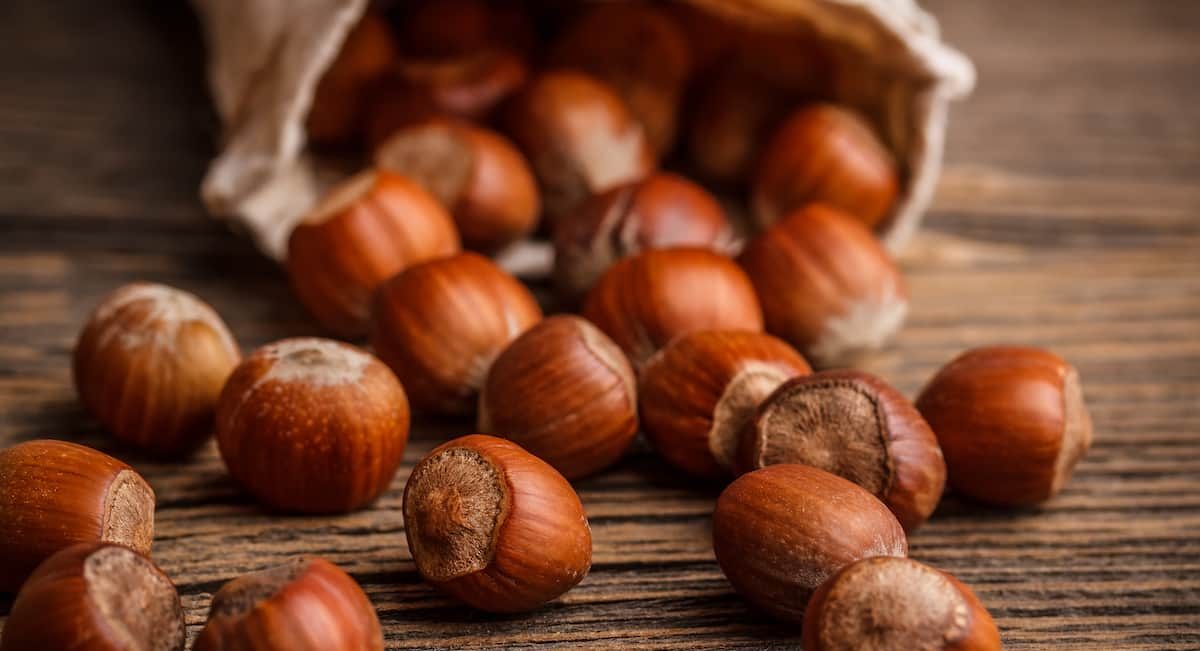 It needs to be grafted onto other more ideal roots for trees to become one. It has a satisfactory output. The Barcelona cultivar produces fruit that is round, somewhat medium in size, and brown in color. Its shell encases all of the nuts within it. The covering of nuts surrounding the walnuts is moderately thick and difficult to remove without damaging the walnuts. It contains a high concentration of walnut fiber and is resistant to infestation by bud mites. The ratio of nuts to nuts is between 39 and 43 percent, and the nuts are lovely. Its primary application can be found in the market for fresh nuts (in the shell). Barcelona’s primary application is producing high-quality nuts still in their shells.
It needs to be grafted onto other more ideal roots for trees to become one. It has a satisfactory output. The Barcelona cultivar produces fruit that is round, somewhat medium in size, and brown in color. Its shell encases all of the nuts within it. The covering of nuts surrounding the walnuts is moderately thick and difficult to remove without damaging the walnuts. It contains a high concentration of walnut fiber and is resistant to infestation by bud mites. The ratio of nuts to nuts is between 39 and 43 percent, and the nuts are lovely. Its primary application can be found in the market for fresh nuts (in the shell). Barcelona’s primary application is producing high-quality nuts still in their shells. 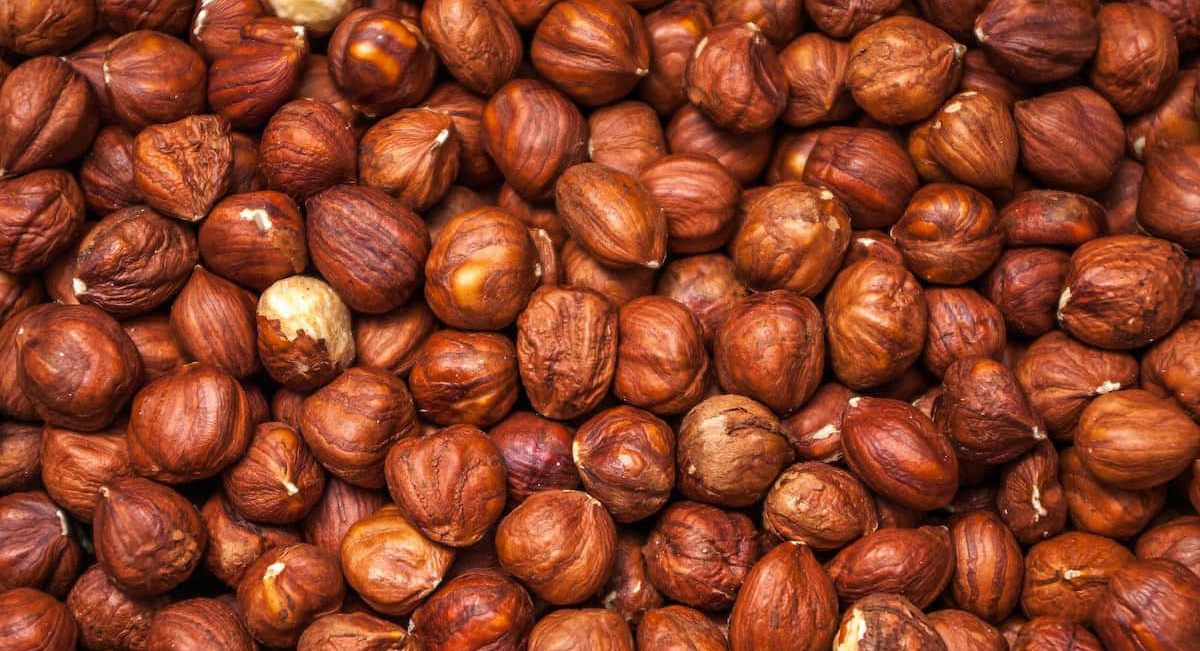 It thrives in climates that range from mild to moderate in intensity. The hazelnut tree does best when several conditions are met, including annual precipitation over 750 mm or additional watering, especially after planting for the establishment, and protection from wind and summer heat. The hazelnut tree prefers a mild climate, with cool summers and warm winters. Pollinator group: male and female flowers on the same tree do not usually bloom at the same time, which is why it is preferable to have other types, particularly: Hall’s Giant, Tondo Di Giffoni, and Lewis. Consumable can be cooked or grilled with it Harvest: Hazelnut Drops (February – March) Cold Requirement: Requires roughly 1200 hours at 5-7°C. Frost can damage female flowers if the temperature drops below -5 degrees Celsius, especially when the flowers are open. Characteristics: High tree power, a manageable number of suckers.
It thrives in climates that range from mild to moderate in intensity. The hazelnut tree does best when several conditions are met, including annual precipitation over 750 mm or additional watering, especially after planting for the establishment, and protection from wind and summer heat. The hazelnut tree prefers a mild climate, with cool summers and warm winters. Pollinator group: male and female flowers on the same tree do not usually bloom at the same time, which is why it is preferable to have other types, particularly: Hall’s Giant, Tondo Di Giffoni, and Lewis. Consumable can be cooked or grilled with it Harvest: Hazelnut Drops (February – March) Cold Requirement: Requires roughly 1200 hours at 5-7°C. Frost can damage female flowers if the temperature drops below -5 degrees Celsius, especially when the flowers are open. Characteristics: High tree power, a manageable number of suckers. 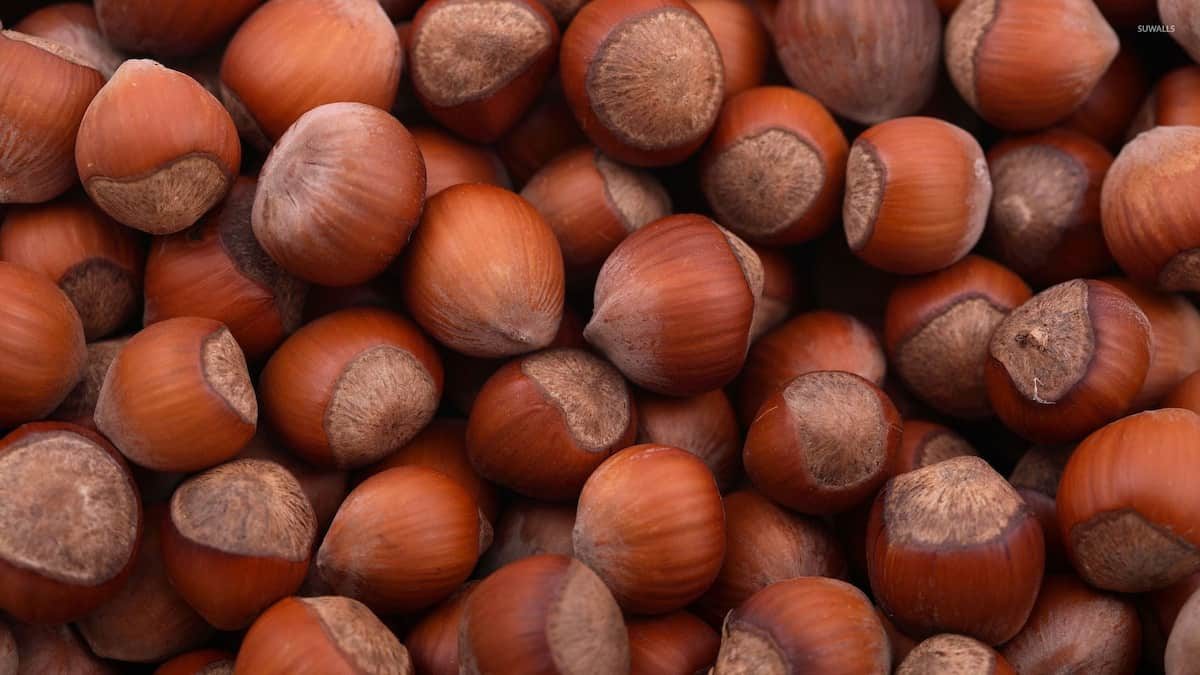
Barcelona hazelnut pollination
Hazelnuts can’t do self-pollination. About Barcelona hazelnut, for instance, Pollinators mount nuts. After identifying hazelnut’s primary groups, choose a pollinator. Compatibility is crucial since not all hazelnut cultivars are pollinated. Consider pollen release timing and variety compatibility when choosing a pollinator. Suppose you choose a late-blooming cultivar like Jefferson, plant pollinators later in the season. If you select an early-blooming type, like Yamhill, you must plant pollinators early. 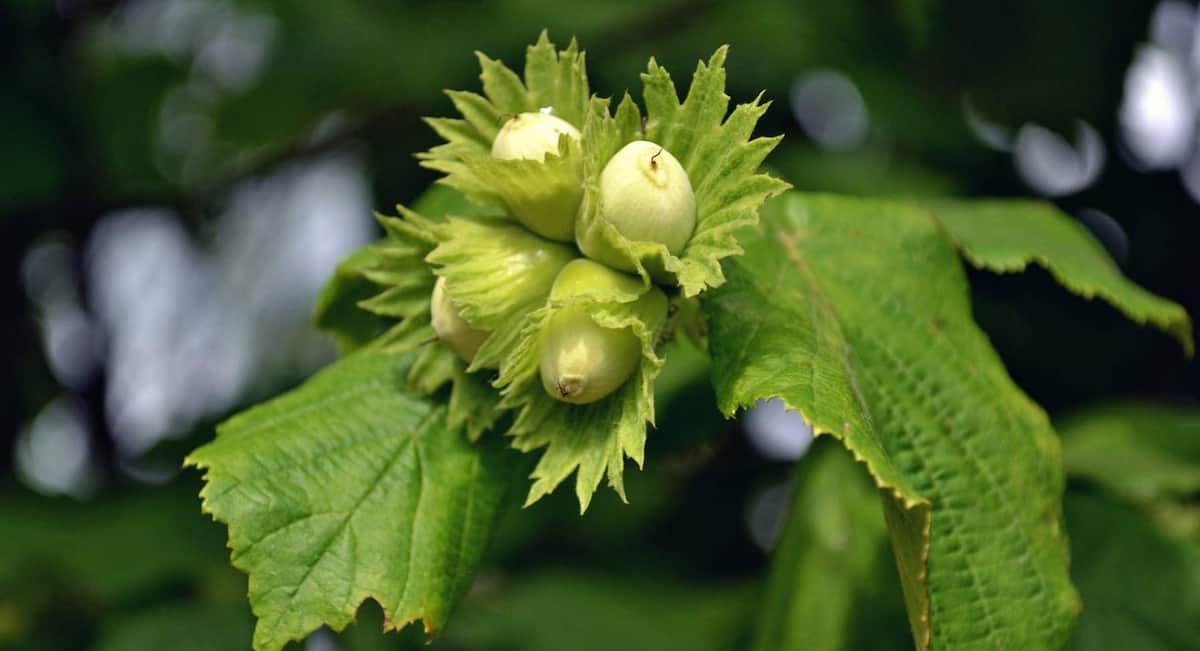 Pollen and flower development timing fluctuates each year. Suitable pollen will also work if the blooms return a year later due to weather. Alleles determine diverse compatibility. Alleles are mutated genes that influence the same trait. These chromosomal regions cause genetic variation. Hazelnut pollen and bloom alleles must be different for pollination. Female flowers have two alleles. Male pollen shares 1-2 alleles with the flower. Hazelnut trees can’t self-pollinate. Fertilize Unique and complicated nut fertilization. Hazelnut blooms bloom a year before harvest.
Pollen and flower development timing fluctuates each year. Suitable pollen will also work if the blooms return a year later due to weather. Alleles determine diverse compatibility. Alleles are mutated genes that influence the same trait. These chromosomal regions cause genetic variation. Hazelnut pollen and bloom alleles must be different for pollination. Female flowers have two alleles. Male pollen shares 1-2 alleles with the flower. Hazelnut trees can’t self-pollinate. Fertilize Unique and complicated nut fertilization. Hazelnut blooms bloom a year before harvest. 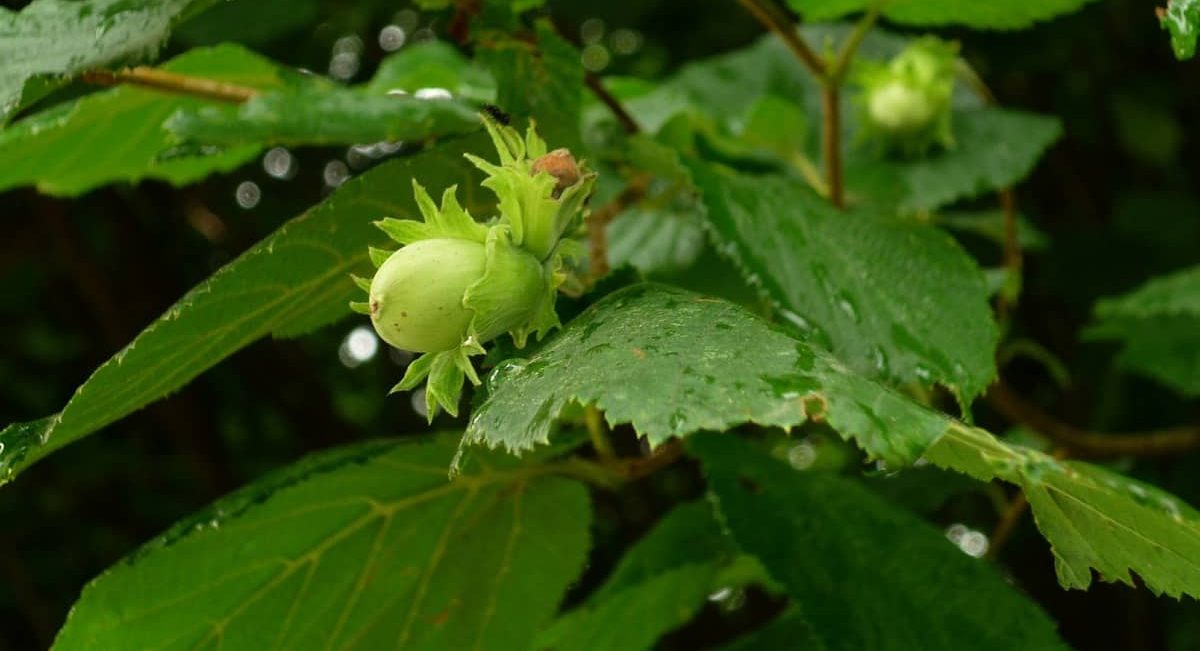 Hazelnuts are fertilized 3-5 months after pollination, although most plants are fertilized within days. Hazelnuts are wind-pollinated, not by bees or insects like other flowers. Early June brings female flowers. Late fall until early winter. Late spring is when kittens appear, but they don’t mature until winter. Winter pollination. Weather affects pollination timing. Female plant parts are brilliant red feather-like clusters poking out from branch scales. Bud scale has 4-16 blooms. Long, stigmatized patterns receive pollen.
Hazelnuts are fertilized 3-5 months after pollination, although most plants are fertilized within days. Hazelnuts are wind-pollinated, not by bees or insects like other flowers. Early June brings female flowers. Late fall until early winter. Late spring is when kittens appear, but they don’t mature until winter. Winter pollination. Weather affects pollination timing. Female plant parts are brilliant red feather-like clusters poking out from branch scales. Bud scale has 4-16 blooms. Long, stigmatized patterns receive pollen. 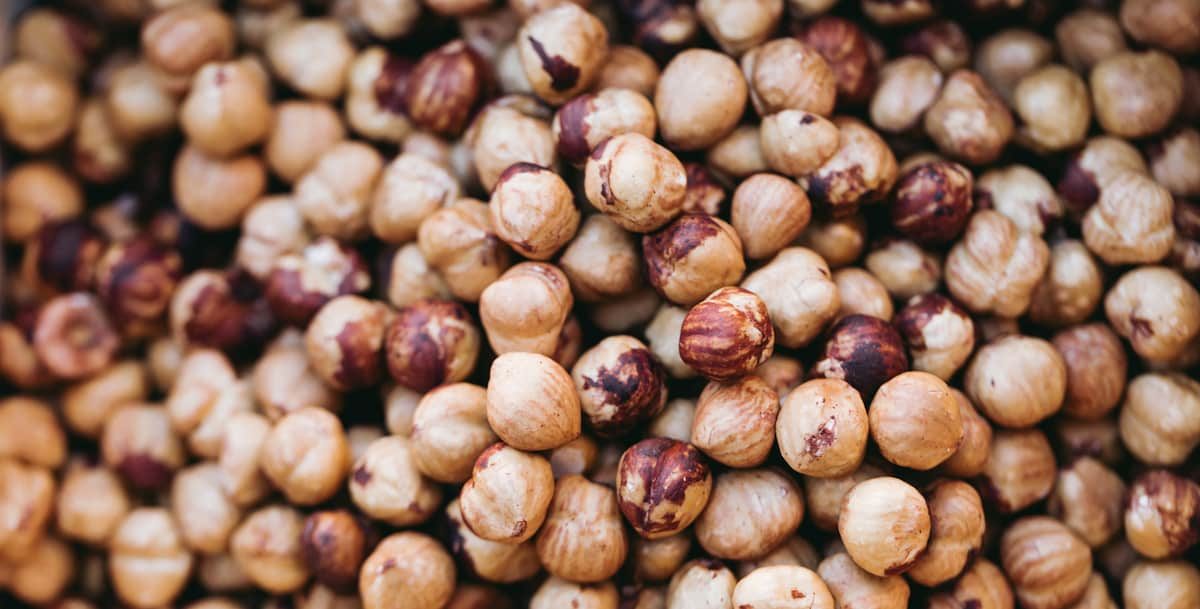 The ovary forms the walnut shell. The ovary contains two eggs. Catkins are the male parts of nut plants. Pollen-bearing stamens are another organ. Pollen contains sperm. After pollination, the pollen tube grows to the female pattern’s base. The pollen tube shuts, suspending the organ. Ovaries mature slowly over four months. Mid to late spring is when most nut growth occurs, 5-6 weeks before harvest.
The ovary forms the walnut shell. The ovary contains two eggs. Catkins are the male parts of nut plants. Pollen-bearing stamens are another organ. Pollen contains sperm. After pollination, the pollen tube grows to the female pattern’s base. The pollen tube shuts, suspending the organ. Ovaries mature slowly over four months. Mid to late spring is when most nut growth occurs, 5-6 weeks before harvest. 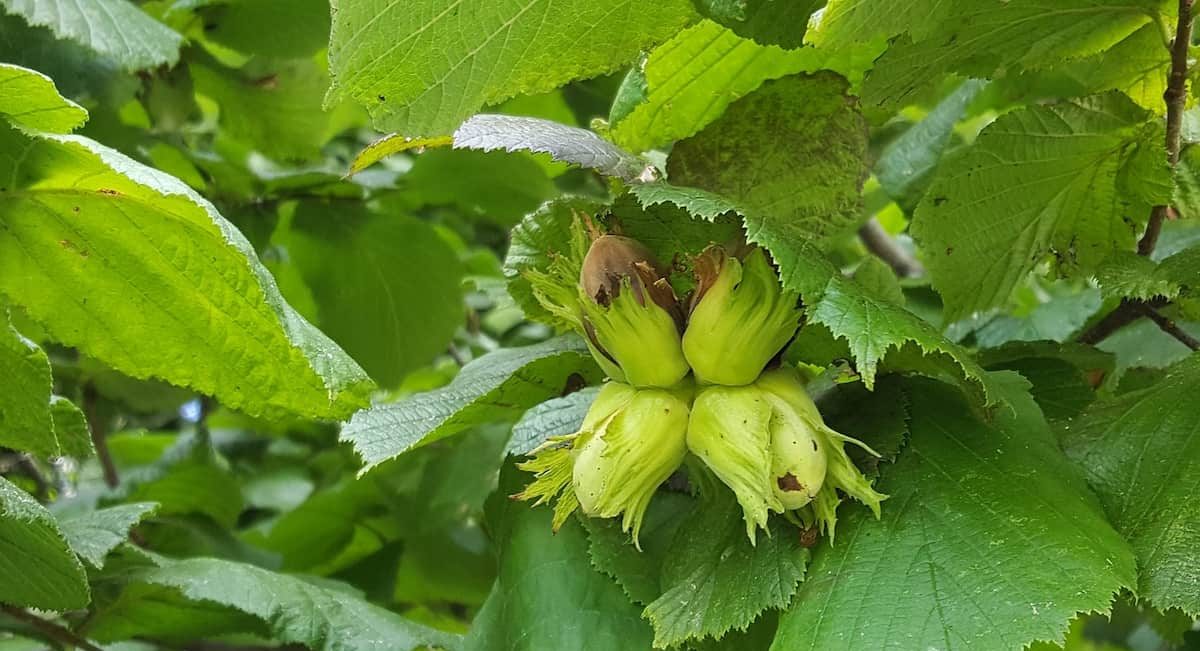
Fruit trees online
Most kinds of fruit trees begin as young flagellums, which essentially stem. The whip is frequently referred to as “simply a stick” in common parlance. These are young trees whose growth may be estimated, and then the trees can be pruned to achieve the desired shape or size. We can find online “fruit-sized” trees, which means that they are at least 3/4 to 1 inch thick, have numerous branches, and have matured to the point where they can produce fruit. Farmers who don’t have much extra time on their hands could be interested in purchasing our “quick orchards” in this size or even our largest category. In our various orchards, these trees do produce fruit. In addition to that, there is a tree that is known as EZ Pick. Because EZ Pick trees are actively pruned beginning when they are still young, the first set of branches on these trees is far more compact than those of standard fruit trees—because of this, gathering the fruit is less laborious and more pleasurable experience. 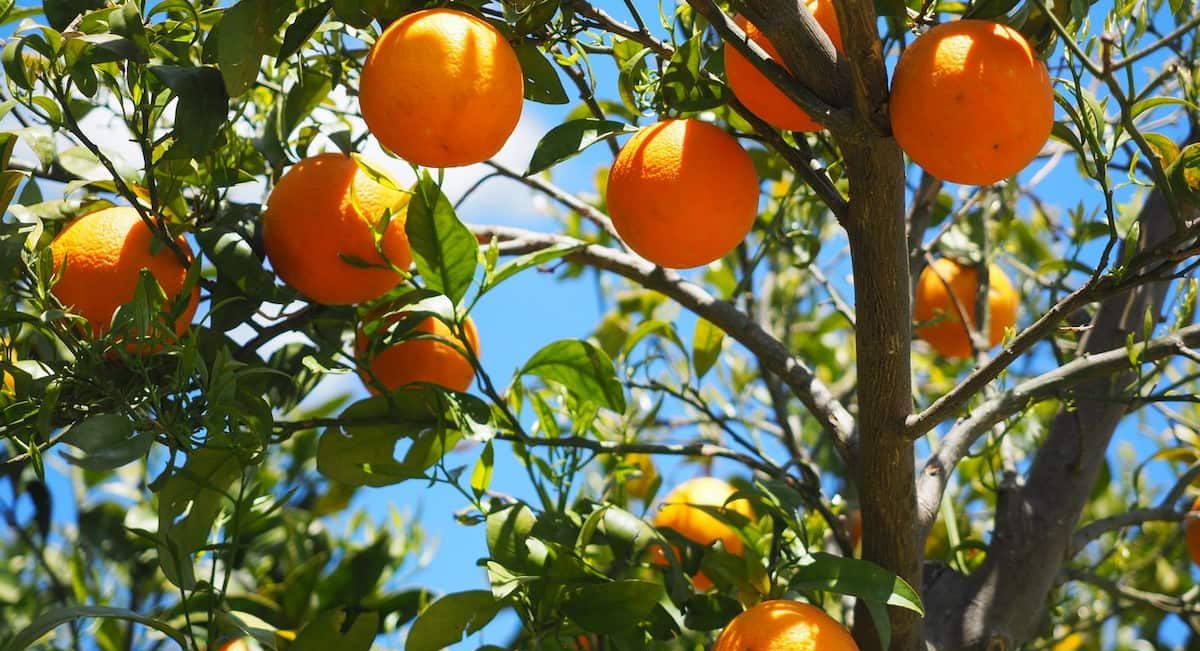 If you plant fruit trees in your yard, you can turn an otherwise barren landscape into one home to a variety of wildlife, including birds, pollinators, and other animals. Because younger fruit trees are more susceptible to damage from deer, it is possible that a tree tube, a fence, or some deterrent will be required. Most fruit trees thrive best in whole light as opposed to partial sun in soil that is well-drained and has a pH of approximately 6.0. Consider how much time and money you could save by purchasing one of our reasonably priced fruit trees or plants instead of buying the same product at your neighborhood grocery store. Adding ornamental fruit trees and plants to your yard or garden is an excellent way to enhance its aesthetic appeal. During the hotter months of the year, fruit trees are an excellent source of shade.
If you plant fruit trees in your yard, you can turn an otherwise barren landscape into one home to a variety of wildlife, including birds, pollinators, and other animals. Because younger fruit trees are more susceptible to damage from deer, it is possible that a tree tube, a fence, or some deterrent will be required. Most fruit trees thrive best in whole light as opposed to partial sun in soil that is well-drained and has a pH of approximately 6.0. Consider how much time and money you could save by purchasing one of our reasonably priced fruit trees or plants instead of buying the same product at your neighborhood grocery store. Adding ornamental fruit trees and plants to your yard or garden is an excellent way to enhance its aesthetic appeal. During the hotter months of the year, fruit trees are an excellent source of shade. 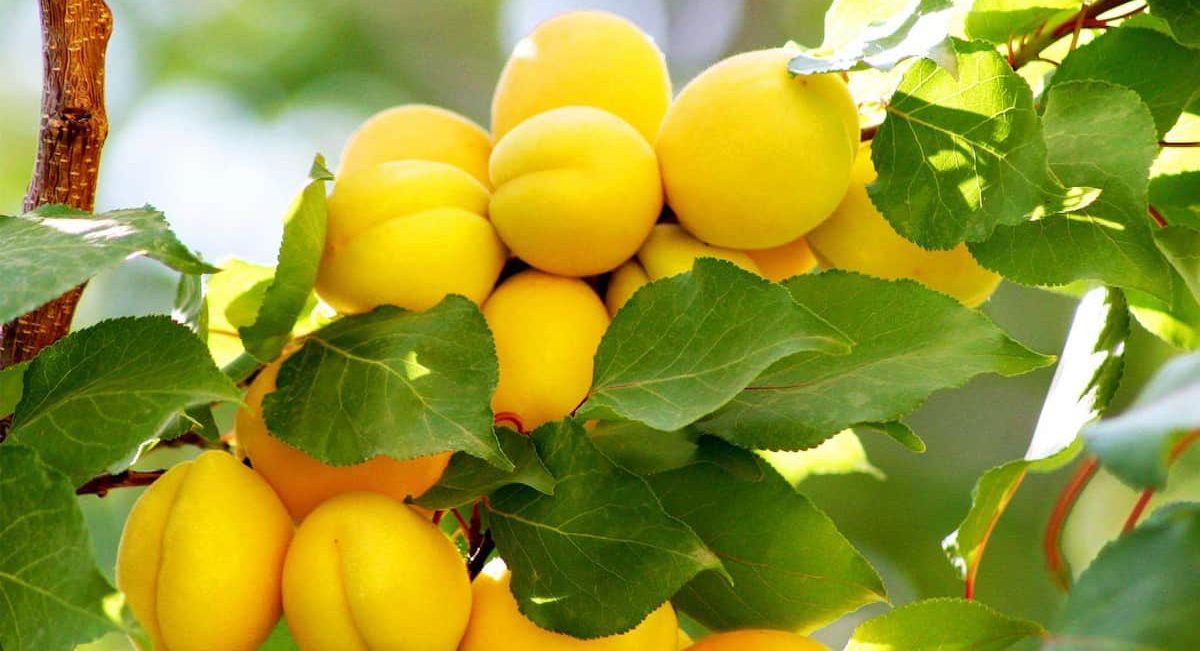
Ornamental nut trees
A home orchard or garden can benefit significantly from the inclusion of ornamental nuts. Most marine climate-adapted nut trees expand in size, and most need at least two kinds to provide a wide range of nuts. H, walnut trees can yield decades’ worth of nuts rich in protein if you have the proprotein. Hazelnut (Hazelnut) a tree covered in green hazelnuts. The most straightforward nut to grow in the area is hazelnuts. Small shrub trees called hazelnuts are often managed to a height of under 15 feet. For pollination, a minimum of two different kinds must be planted between 15 and 20°C. As an open vase tree, plant a hazelnut tree. After planting, hazelnuts begin to modulate two to three years later. 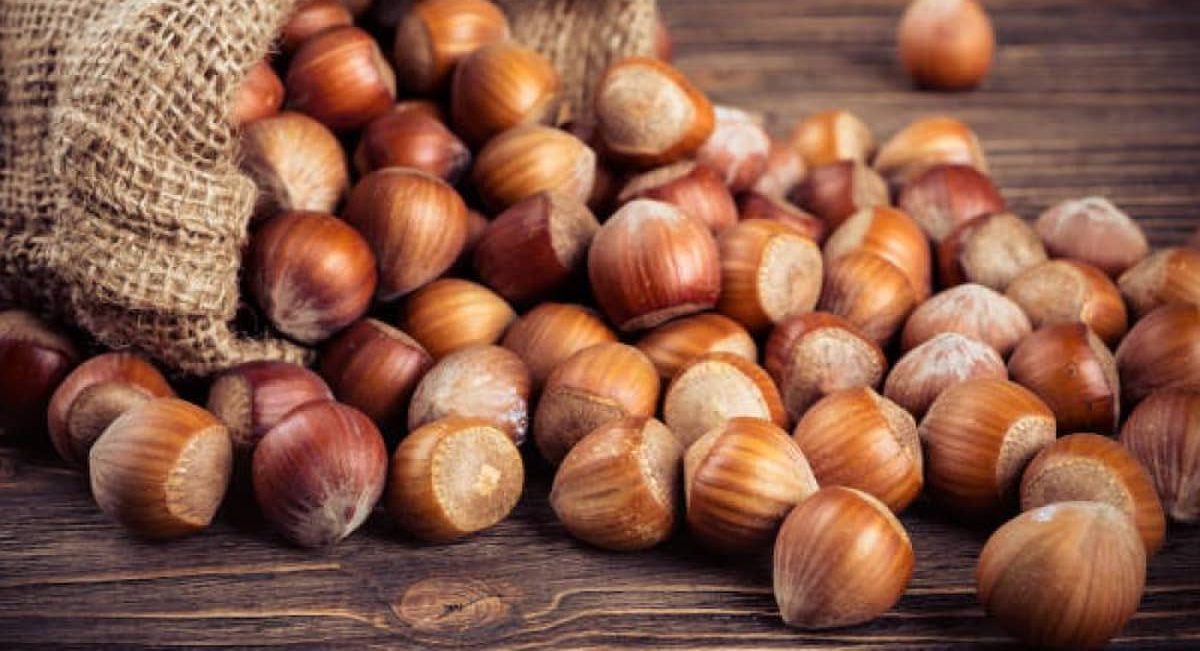 Hazelnuts can tolerate various soil conditions and do best in medium soil. They can withstand dryness better in the summer if planted in winter, where the soil is moist, because they establish shallow root systems, although they can grow in heavier soil than most walnut trees. Pruning hazelnuts is not that difficult. 1) Every year, remove the suckers from the roots since having only one stem makes gathering nuts simpler. 2) Remove horizontal or downward-facing wood to repair the bearing nut branch. 3) Prune back branches to keep the tree’s trunk exposed to light and air. 4) Take out any infected wood. Jackson Nuts
Hazelnuts can tolerate various soil conditions and do best in medium soil. They can withstand dryness better in the summer if planted in winter, where the soil is moist, because they establish shallow root systems, although they can grow in heavier soil than most walnut trees. Pruning hazelnuts is not that difficult. 1) Every year, remove the suckers from the roots since having only one stem makes gathering nuts simpler. 2) Remove horizontal or downward-facing wood to repair the bearing nut branch. 3) Prune back branches to keep the tree’s trunk exposed to light and air. 4) Take out any infected wood. Jackson Nuts 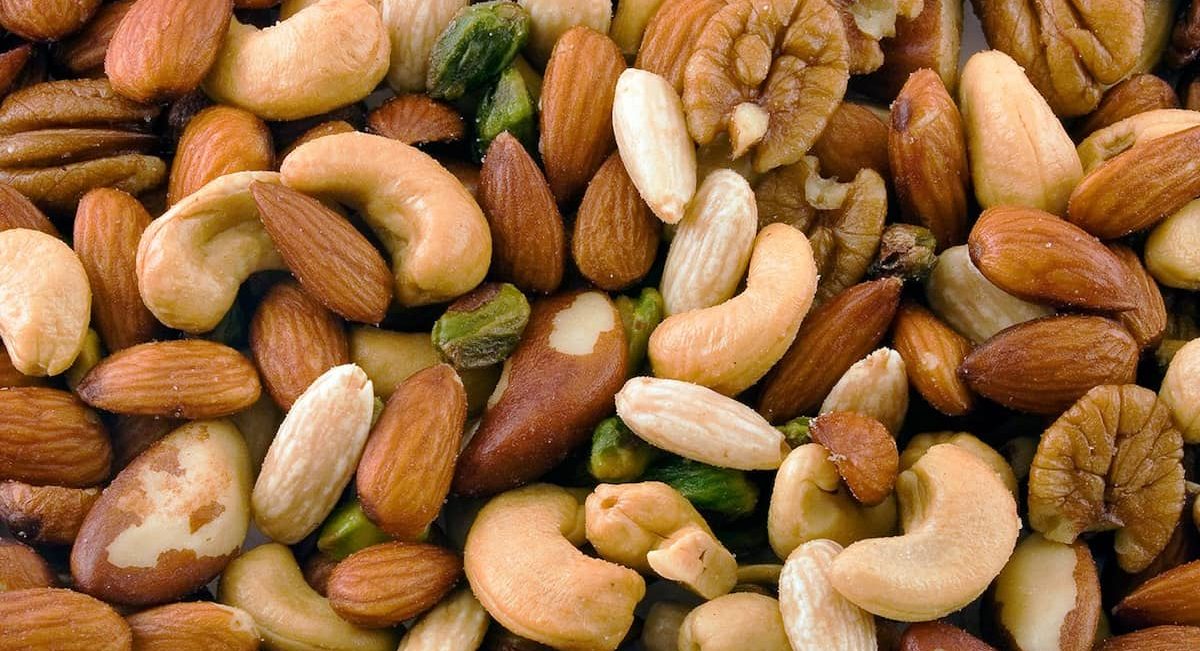 transformed hazelnuts Eastern Hazelnut Blight is a severe disease that affects hazelnuts in our climate. This canker is particularly difficult for older, pest-prone species like Ennis. Blight can be removed by pruning mature trees, although it is typically preferable to switch out susceptible species with young, blight-resistant ones. When tender shoots break, copper should be sprayed on even resistant cultivars. Crops. When the green nut shell becomes yellow and starts to fall off, hazelnuts mature. As the nuts fall, gather them. Peel it off. Before eating the nuts, give them a month to dry and spread out in a warm, dry environment. Jays or squirrels who show an interest in your tree should be avoided. You can pluck the hazelnuts if they are still inside the shell instead of letting them fall off.
transformed hazelnuts Eastern Hazelnut Blight is a severe disease that affects hazelnuts in our climate. This canker is particularly difficult for older, pest-prone species like Ennis. Blight can be removed by pruning mature trees, although it is typically preferable to switch out susceptible species with young, blight-resistant ones. When tender shoots break, copper should be sprayed on even resistant cultivars. Crops. When the green nut shell becomes yellow and starts to fall off, hazelnuts mature. As the nuts fall, gather them. Peel it off. Before eating the nuts, give them a month to dry and spread out in a warm, dry environment. Jays or squirrels who show an interest in your tree should be avoided. You can pluck the hazelnuts if they are still inside the shell instead of letting them fall off. 
Dwarf nut trees
For tasty, short fruit or nuts, plant some miniature hereditary trees so called dwarf. Only home gardeners have had access to genetically dwarf (or miniature) trees for 20 years. Most semi-dwarf trees date to the early 19th century. Genetic dwarf trees are offered for almonds, apples, apricot, cherry, nectarine, and peach. Although there is only one type of miniature almond, there are more than a dozen genetically small fruit trees, such as peaches and nectarines. 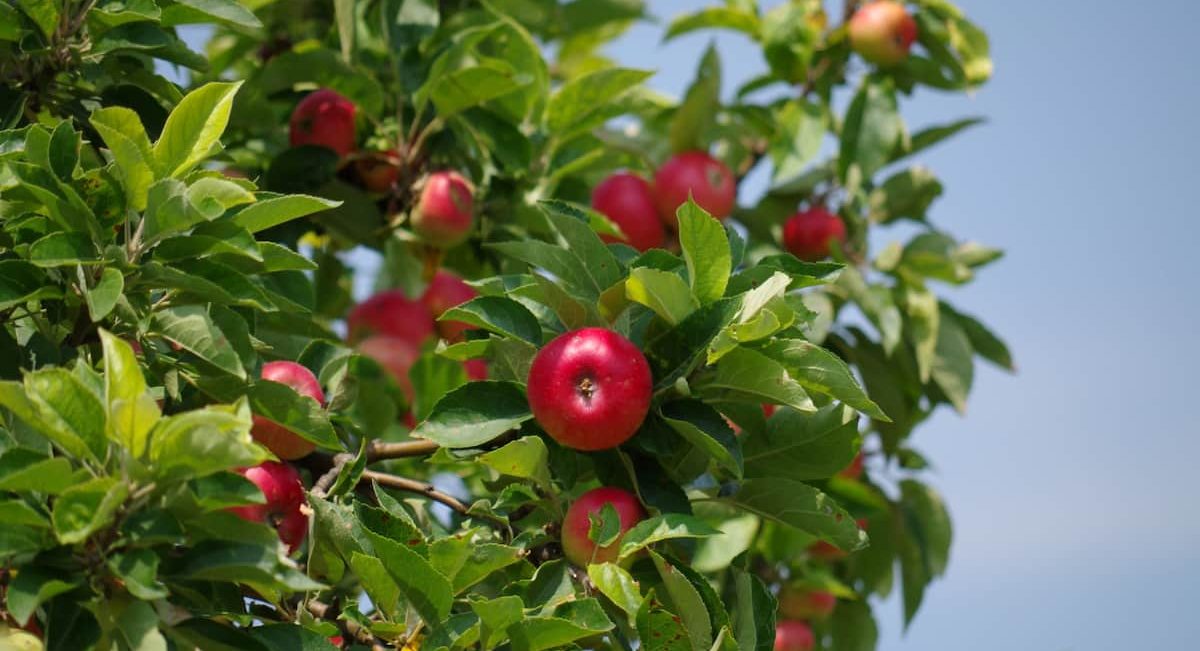 Growing tiny fruit trees and walnuts I will use genetic dwarf peaches and nectarines as examples because they are easiest to buy, most productive, and provide the most variation, hence the crop industry’s favorite moniker for the tree – micro. dwarf fruit tree Mini peaches and nectarines are small shrub trees that rarely grow over 6 feet tall and 6 to 10 feet broad. The canopy reminds me of “schmoos” from Al Capp comics. Many call trees doormats. This expression refers to the region between shoots – the inner strands. Small interiors explain the tree’s size. As for aesthetics, you decide; I like the format. The shoots are close together; three to five suit the thumbnail. In the same area as ordinary peaches, twice as many nodes appeared. At least one leaf grows under each bud. Therefore, the leaves are dense.
Growing tiny fruit trees and walnuts I will use genetic dwarf peaches and nectarines as examples because they are easiest to buy, most productive, and provide the most variation, hence the crop industry’s favorite moniker for the tree – micro. dwarf fruit tree Mini peaches and nectarines are small shrub trees that rarely grow over 6 feet tall and 6 to 10 feet broad. The canopy reminds me of “schmoos” from Al Capp comics. Many call trees doormats. This expression refers to the region between shoots – the inner strands. Small interiors explain the tree’s size. As for aesthetics, you decide; I like the format. The shoots are close together; three to five suit the thumbnail. In the same area as ordinary peaches, twice as many nodes appeared. At least one leaf grows under each bud. Therefore, the leaves are dense. 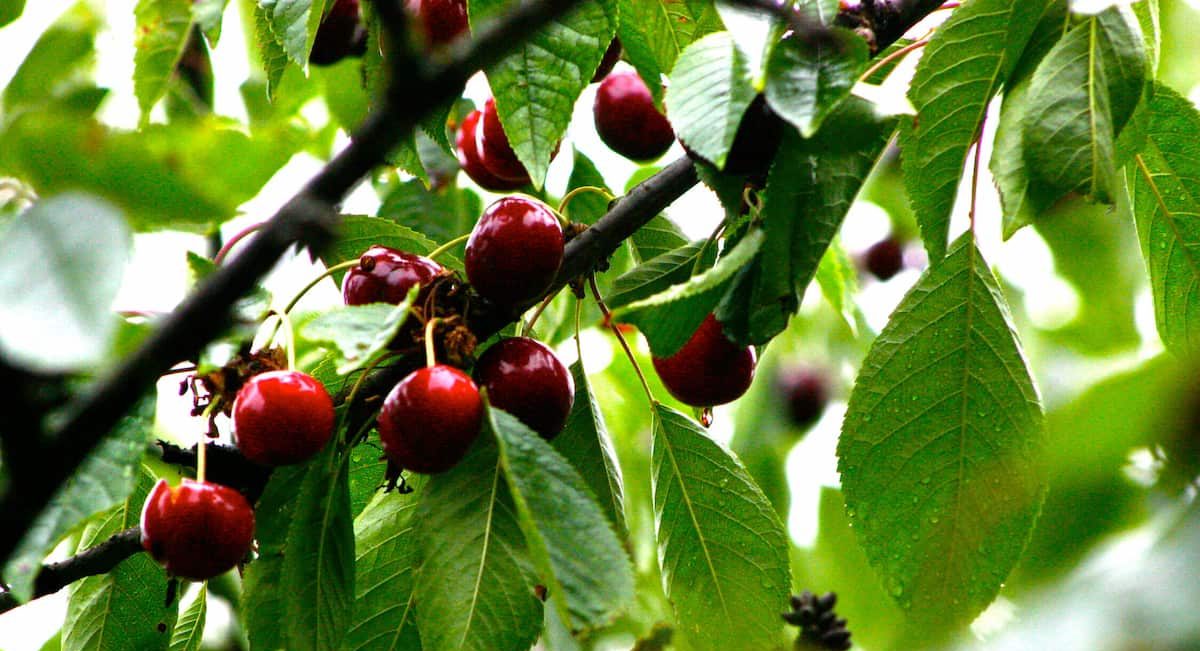 Origins of tiny trees Miniature fruit trees are immature tree spikes. Millions of plants were planted in experimental plots in search of ‘naturally’ little peach. After hand-pollinated seedlings with pollen from particular kinds, it takes years to breed good taste, color, and small genes. The best trees are tested at trial sites nationwide. Best of these experiences are published in retail. From a natural seedling burst to a reliable miniature tree sold at a nursery takes 20 years. The future of dwarf trees Miniature fruit plants are trendy. The small tree would be the dominant commercial tree for the next few years. Miniature trees bear fruit earlier than ordinary types. Blooms years of planting are typical. In fruit tree jargon, miniatures are ‘premature.’ Miniatures create an astonishing intensity of bloom, simply a teaser of the forthcoming fruit. The production of miniature peach trees is being investigated at the Kearney Station of the University of California Cooperative Extension. So far, the results have been great.
Origins of tiny trees Miniature fruit trees are immature tree spikes. Millions of plants were planted in experimental plots in search of ‘naturally’ little peach. After hand-pollinated seedlings with pollen from particular kinds, it takes years to breed good taste, color, and small genes. The best trees are tested at trial sites nationwide. Best of these experiences are published in retail. From a natural seedling burst to a reliable miniature tree sold at a nursery takes 20 years. The future of dwarf trees Miniature fruit plants are trendy. The small tree would be the dominant commercial tree for the next few years. Miniature trees bear fruit earlier than ordinary types. Blooms years of planting are typical. In fruit tree jargon, miniatures are ‘premature.’ Miniatures create an astonishing intensity of bloom, simply a teaser of the forthcoming fruit. The production of miniature peach trees is being investigated at the Kearney Station of the University of California Cooperative Extension. So far, the results have been great. 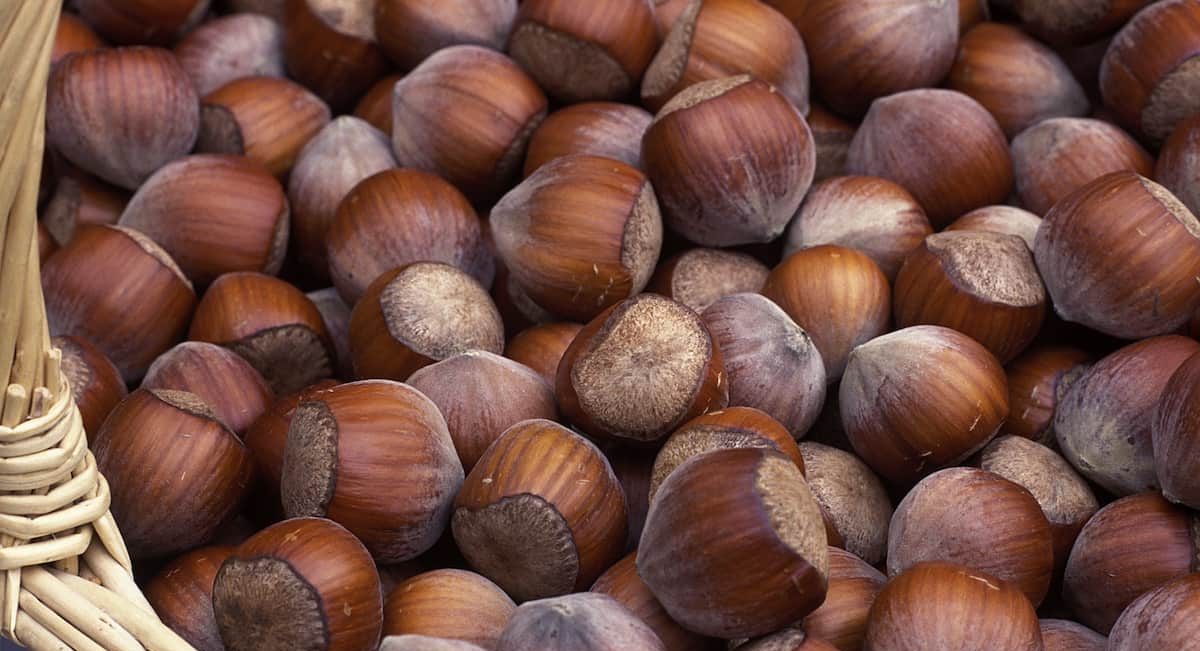
Brazilian Walnut tree for sale
Are you looking for sale trees? It’s better to know more about it before any action. This essay wants to provide some information about a unique one, the Brazilian walnut tree. Ocotea porosa is a plant that belongs to the Lauraceae family. However, it is commonly misidentified as belonging to the adjacent genus Phoebe. It is frequently referred to as imbuia or Brazil nut because the tree’s wood is similar to some walnuts but not related to walnuts. 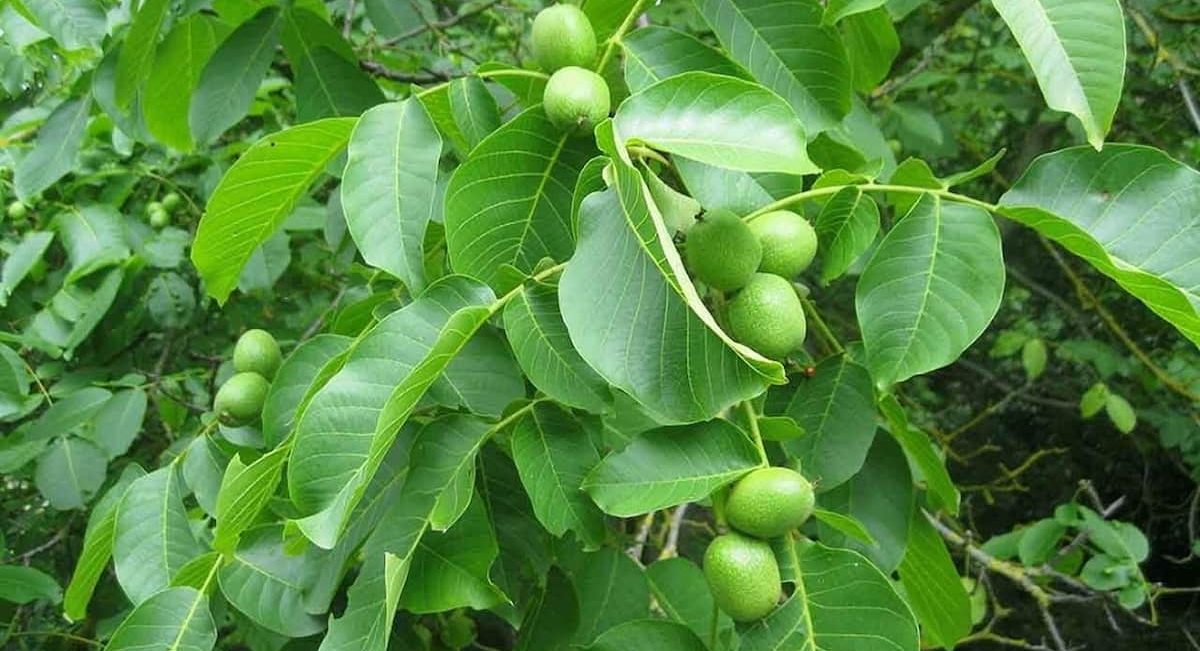 The tree is the most important species of commercially important wood in Brazil, and it is utilized in high-end furniture, most commonly as veneer and beautiful flooring. On the Janka hardness scale, the wood registers 3,684 pounds (16,390 Newtons), indicating its exceptional durability. The wood has a spicy aroma, with hints of nutmeg and cinnamon (also from the Laurasia family). Further, in the subtropical regions of the world, this tree is widely used in horticulture. It is a species that is threatened with extinction in its natural environment. Common Portuguese names (with varied spellings) include imbuia, embúia, embuya, imbuia, imbúia, imbuya, and Canela-imbuia.
The tree is the most important species of commercially important wood in Brazil, and it is utilized in high-end furniture, most commonly as veneer and beautiful flooring. On the Janka hardness scale, the wood registers 3,684 pounds (16,390 Newtons), indicating its exceptional durability. The wood has a spicy aroma, with hints of nutmeg and cinnamon (also from the Laurasia family). Further, in the subtropical regions of the world, this tree is widely used in horticulture. It is a species that is threatened with extinction in its natural environment. Common Portuguese names (with varied spellings) include imbuia, embúia, embuya, imbuia, imbúia, imbuya, and Canela-imbuia.  The tree is found in its natural habitat in the subtropical and hilly Araucaria forests of southern Brazil, specifically in Paraná and Santa Catarina, and to a smaller extent in So Paulo and the Rio Grande do Sul. This species may also be found in the adjacent countries of Argentina and Paraguay. The average height of a tree is 40 meters, and its trunk has a diameter of 1.8 meters. The hue of the heartwood of Brazilian walnut can range from a reddish-brown to a yellow-olive or even a dark brown shade. This is typical. When you shop for hardwood, you can find stores selling bundles of planks in various colors. The grain of the wood can range from straight to uneven or twisted, and the wood’s texture can be very fine or relatively medium. The prolonged exposure to sunshine will cause the color to weaken significantly over time.
The tree is found in its natural habitat in the subtropical and hilly Araucaria forests of southern Brazil, specifically in Paraná and Santa Catarina, and to a smaller extent in So Paulo and the Rio Grande do Sul. This species may also be found in the adjacent countries of Argentina and Paraguay. The average height of a tree is 40 meters, and its trunk has a diameter of 1.8 meters. The hue of the heartwood of Brazilian walnut can range from a reddish-brown to a yellow-olive or even a dark brown shade. This is typical. When you shop for hardwood, you can find stores selling bundles of planks in various colors. The grain of the wood can range from straight to uneven or twisted, and the wood’s texture can be very fine or relatively medium. The prolonged exposure to sunshine will cause the color to weaken significantly over time.



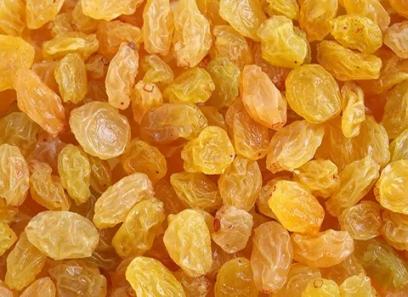
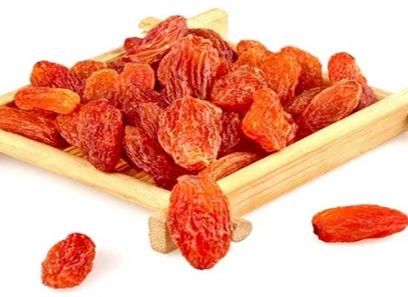
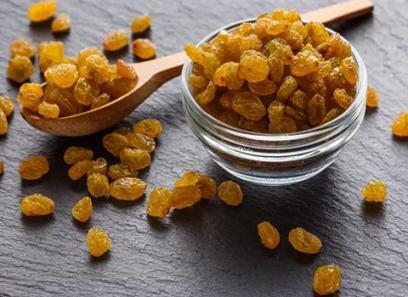


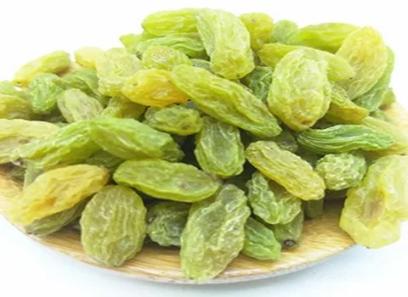
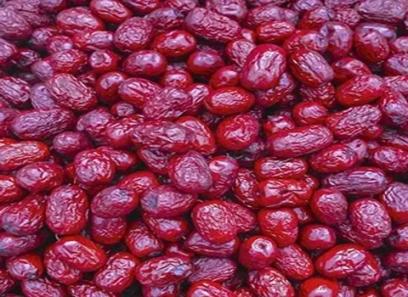
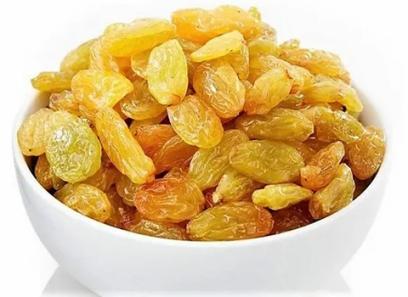
Your comment submitted.